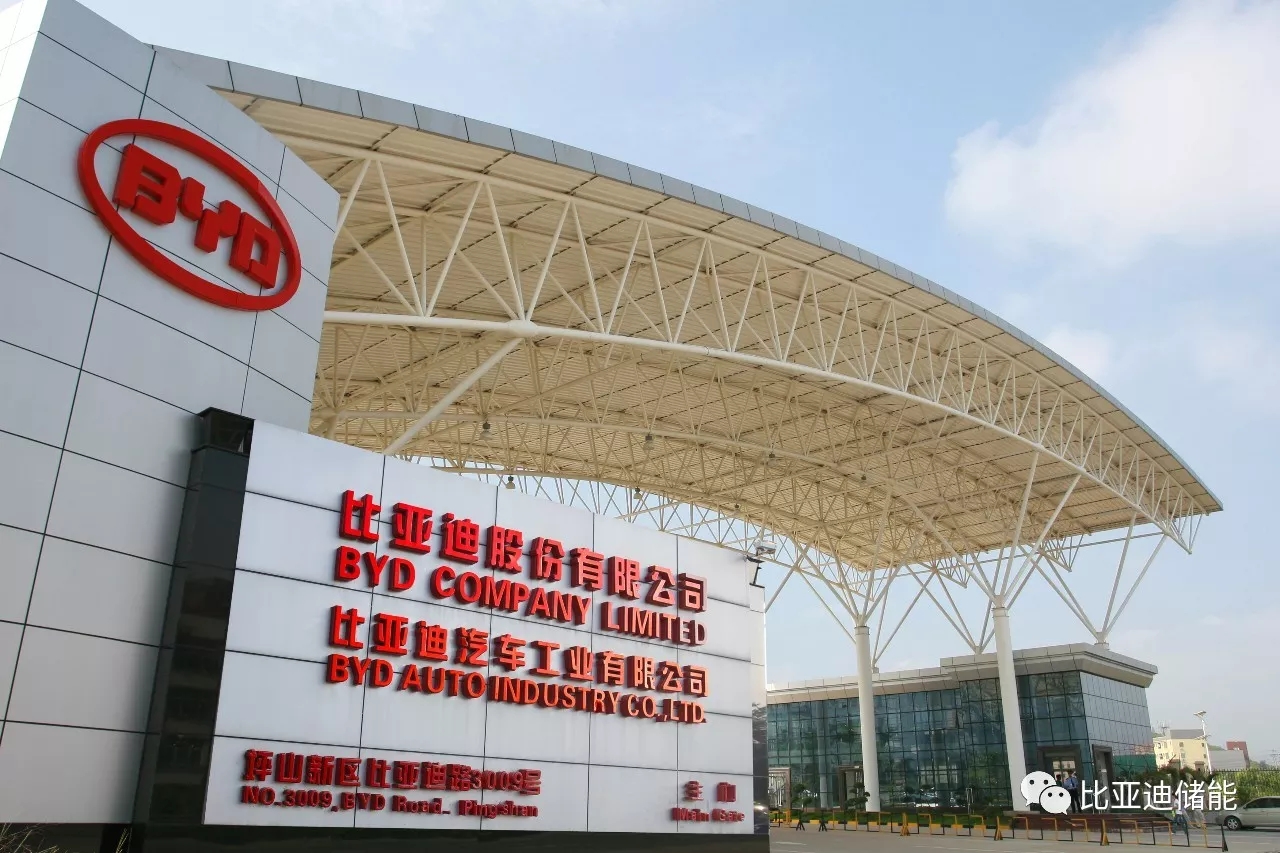Most of these markets have barely emerged from their pilot stages and offer very few use cases for storage that can earn a profit. Expect that to change rapidly in the coming years. In the meantime, here’s what you need to know about the global energy storage market.
And the first place goes to…
It depends on what you’re counting.
For power capacity, Australia’s 2017 deployment of 246 megawatts beat out the U.S. and every other nation. Tesla’s record-setting Hornsdale project played a pivotal role, delivering 100 megawatts in one go.
Based on energy capacity, though, the U.S. remained top dog with 431 megawatt-hours deployed last year. Australia came in second on that metric, followed by Germany, China and Japan.
The U.K., Canada, South Korea and India round out the roster of nations with appreciable storage installations so far. The storage industry has clearly gone international, but remains limited to a few markets, with a negligible presence in most countries on earth.
U.S. companies and laboratories have played a pioneering role in developing grid storage, so it makes sense that early deployments there would outpace other places. But the key to achieving large amounts of working batteries is innovative market design, said lead author Ravi Manghani, energy storage director at GTM Research.
“Even as the costs have come down, if storage as a technology doesn’t have the right kind of market signals to participate in the markets, you’re not going to see adoption,” he said. “The U.S. is way ahead when it comes to setting the right kinds of policies and market mechanisms to give the right kinds of business model signals to the industry to participate.”
Storage in the U.S. has branched out from the frequency regulation role in PJM territory to serve local capacity, renewables integration, transmission upgrade deferral and other cases, creating a more robust and diversified industry.
The rise of China
Fast-forward to 2022, the final year included in the analysis, and a geopolitical shuffle occurs.
The U.S. will retain its dominance in battery deployments, according to the report, but China and Japan will bump Australia and Germany out of the silver and bronze positions.
“It’s a bit surprising that China hasn’t adopted storage any faster, because it has all the right ingredients to be a major storage market,” Manghani said.
China has seized on renewable energy as a national goal, surging to become the largest market in the world. That influx of intermittent wind and solar generation on a grid with transmission and distribution constraints creates an ideal landscape for storage to make itself useful.
China has the supply chain to source a massive battery increase. The nation dominates in battery manufacturing, although much of that comes in the form of lead-acid or lithium-ion designed for consumer electronics, which uses a different form factor from grid storage applications.
That said, China is building out its manufacturing base for electric cars, buses and bikes, and those form factors can be used for grid-scale applications.
The nation’s central planning allows it to move quickly after committing to a goal. So far, the long-range plans have spurred storage demonstration projects, but haven’t called for large-scale deployment.
The U.S. will have deployed roughly twice as much cumulative power and energy capacity as China by 2022. Beijing may have won the solar manufacturing race, and the solar installation race, but the battery contest won’t be over any time soon.

